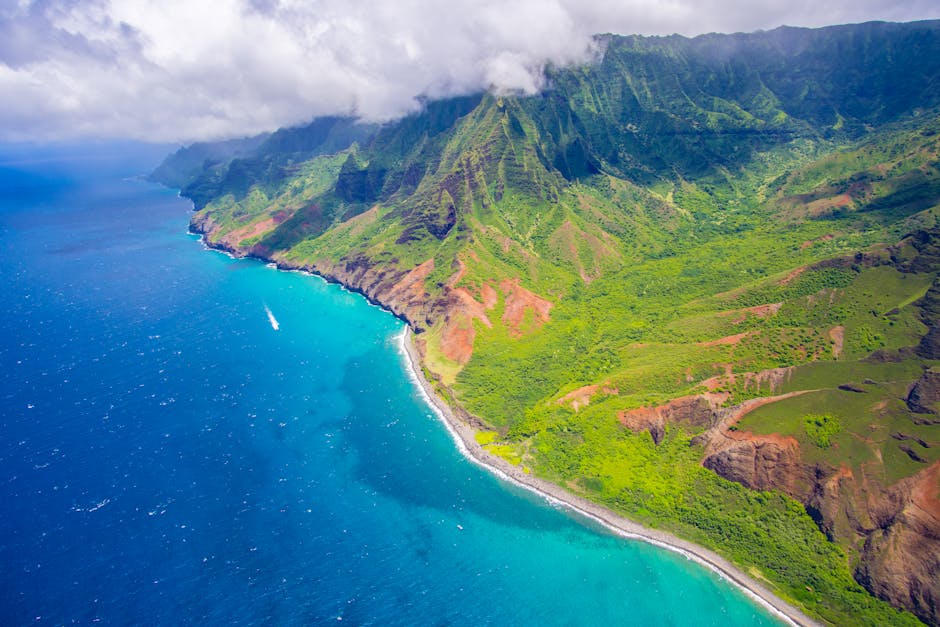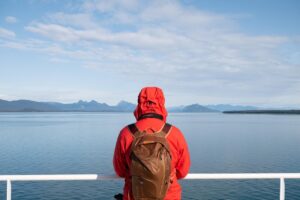If you love exploring natural places and seeing wildlife, some of the best spots are islands right here in the United States—no passport needed. You can find peaceful beaches, amazing hiking trails, and unique animals without ever leaving the country. Whether you want to watch wild horses, go snorkeling in clear blue waters, or hike through dense forests, there’s an island for you.
You’ll learn which islands are easy to reach, what activities you can try, and the best times to go if you want to avoid big crowds. Each place has its own special plants and animals, plus simple ways for you to experience nature up close this summer. Get ready to plan your trip to islands that are beautiful, fun, and full of natural wonders.
1. Maui, Hawaii: Tropical Paradise for Outdoor Enthusiasts
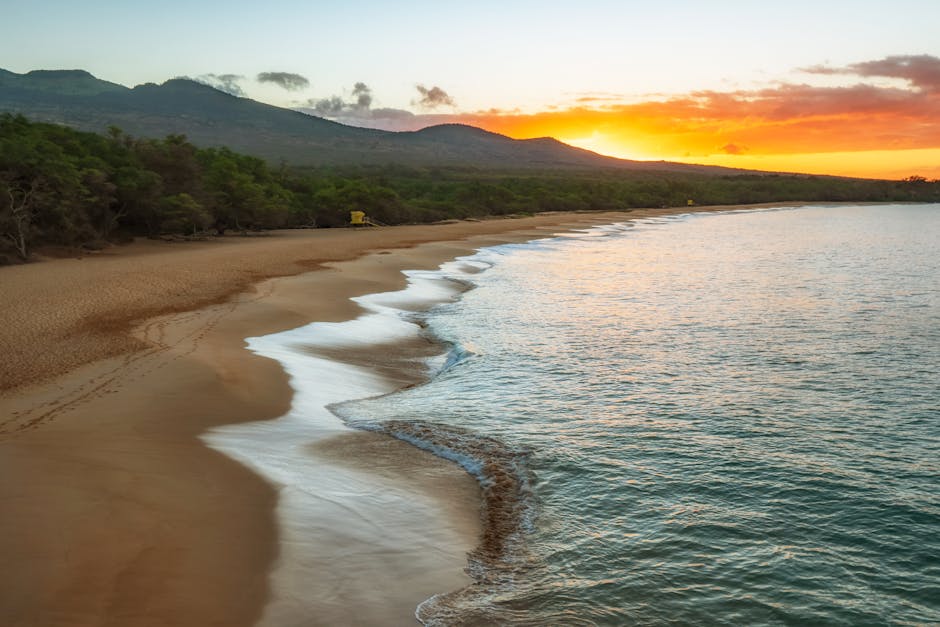
Maui is famous for its lush rainforests, volcanoes, and colorful beaches. You can spot rare wildlife, hike scenic trails, and enjoy classic Hawaiian summer activities in a warm, welcoming setting.
Must-See Natural Wonders and Adventure Activities
On Maui, you will find Haleakalā National Park, home to a dormant volcano. Watching the sunrise from the summit is an unforgettable experience.
Hiking trails like the Pipiwai Trail lead you through bamboo forests to Waimoku Falls, a 400-foot waterfall. You can also visit the volcanic black sand beaches at Waiʻanapanapa State Park.
If you like water activities, try snorkeling or kayaking at Molokini Crater where you can see coral reefs and tropical fish. Surfing and paddleboarding are popular at beaches like Kaanapali and Lahaina.
Driving the Road to Hana is a must for scenic views, waterfalls, and hikes through tropical forests. Bring your camera for the many lookout points along the winding road.
Wildlife Encounters Unique to Maui
Maui is home to the native Hawaiian green sea turtle (honu). You can often see them sunning on the sand at Ho’okipa Beach.
In the clear summer waters, you might spot spinner dolphins or reef fish while snorkeling. Bird lovers will enjoy looking for the colorful ‘i’iwi and nene, Hawaii’s state bird, in upland forests.
Humpback whales visit in winter, but in summer, you may see monk seals and manta rays near the coast. Tide pools near Makena let you watch crabs, sea cucumbers, and small fish up close.
Always keep a respectful distance from wildlife to protect these unique species.
Getting There and Summer Travel Tips
You can reach Maui by flying into Kahului Airport (OGG), which connects to many mainland U.S. cities.
Renting a car is recommended since public transportation is limited and many scenic spots are far apart. Summer is warm, so pack light clothes, sunblock, hiking shoes, and a rain jacket for rainforest visits.
Stay hydrated, as the sun can be intense, especially along beaches and trails. If you want to explore rural areas, download maps ahead of time since cell service can be spotty.
Book tours and accommodations early, as summer is a busy season for families and adventurers.
Crowd Levels and Best Times to Visit
Summer brings crowds, especially from June to August. Popular sites like Haleakalā sunrise, the Road to Hana, and famous beaches can get busy by late morning.
If you want to avoid crowds, try visiting early in the morning or later in the afternoon. Weekdays are usually a bit quieter than weekends.
Some remote beaches and upcountry areas remain less crowded even in summer. For more space, consider visits in late May or early September, just after the peak season.
Advance reservations may be needed for popular national park spots, so plan ahead for the best experience.
2. San Juan Islands, Washington: Scenic Getaway for Wildlife Lovers
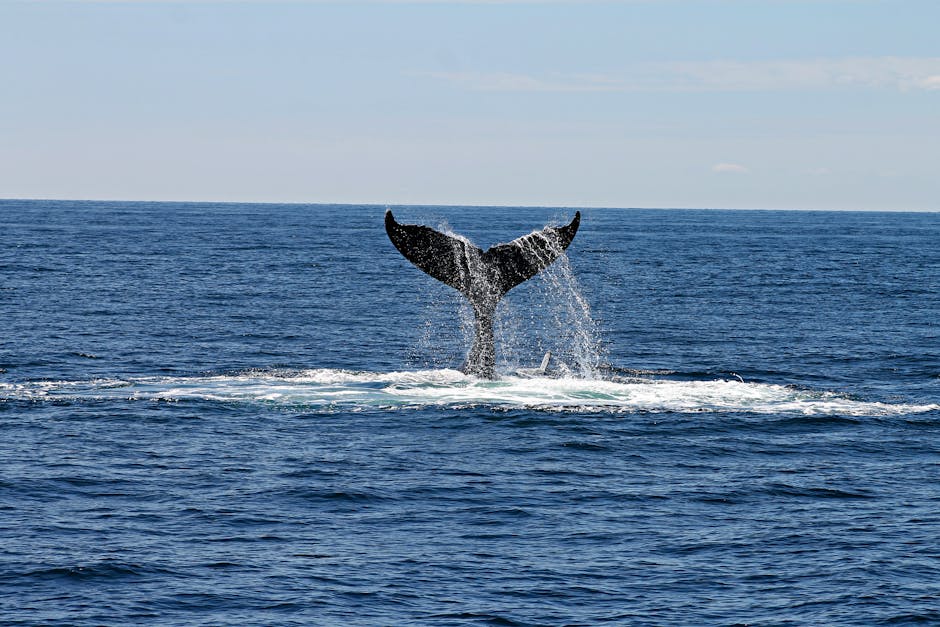
If you love being outdoors and seeing animals in their natural habitat, you should visit the San Juan Islands in Washington. You can see orcas, eagles, seals, and tide pools full of sea life, plus enjoy quiet beaches or forested hikes.
Highlights of San Juan’s Natural Beauty
The San Juan Islands have rolling hills, dense green forests, and rocky shorelines. You can spot wildflowers in meadows and walk old-growth trails under tall evergreens.
There are pebble beaches and hidden coves. Lime Kiln Point State Park is a favorite if you want sweeping views of the water.
Bring your camera for sunsets. The sky glows over calm bays, and the mountains show in the distance. Kayakers often paddle through clear waters, with otters playing nearby.
Whale Watching and Marine Life
Summer is the best time to see whales. Orcas swim by the islands and are most active between May and September. You might also see minke whales, harbor porpoises, and Dall’s porpoises.
There are many whale-watching tours. Some depart from Friday Harbor and offer guided trips with naturalists. You can even spot orcas from land if you visit Lime Kiln Point, known as “Whale Watch Park.”
Tide pools in the islands are full of sea stars, urchins, and tiny crabs. Bald eagles, harbor seals, and many sea birds are common sights.
Travel Options and Island Accessibility
You can reach the San Juan Islands by ferry from Anacortes, Washington. The ferry runs several times a day in summer, with some sailings reserved in advance.
After you arrive, you can get around by car, bicycle, or shuttle. Friday Harbor is the main town. It’s easy to rent bikes there, or you can bring your own.
There are small airports and seaplanes if you want a faster trip. The islands are compact and well-marked, so it’s hard to get lost.
Summer Atmosphere and Visitor Insights
Summer is the busiest season. Most travelers visit between late June and early September. Even then, the islands don’t feel as crowded as many mainland destinations.
Friday Harbor gets busy with day-trippers, but outside the main town, you’ll find quiet beaches and unspoiled parks. Some trails and viewpoints, like Mount Constitution, get popular by midday.
Make ferry reservations early if you’re bringing a car. Lodging books up fast, but camping and day trips let you experience more open space. The island pace is relaxed, and local shops are friendly and welcoming.
3. Kauai, Hawaii: The Garden Isle’s Natural Wonders
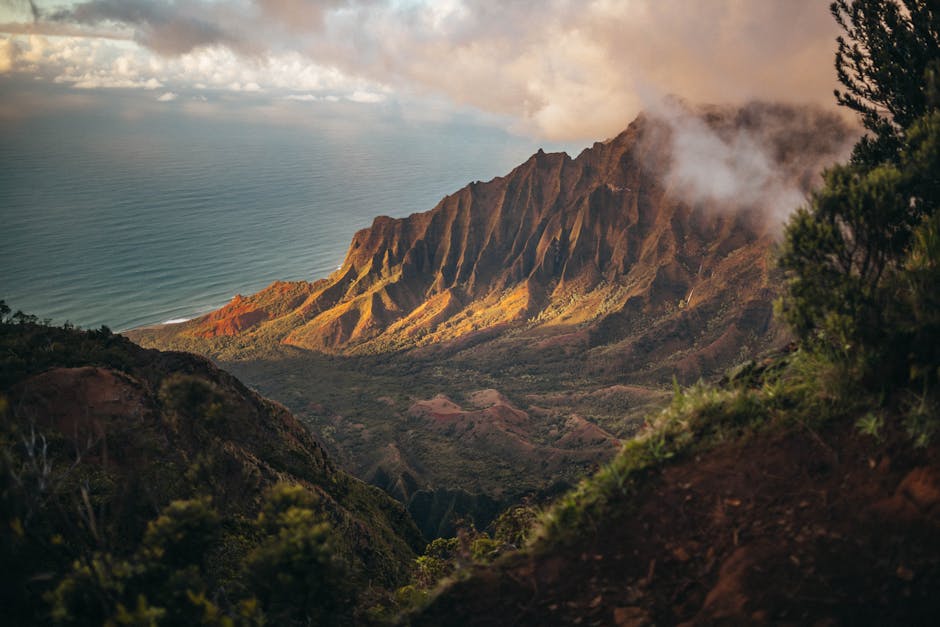
Kauai is famous for its dramatic green mountains, lush rainforests, and waterfalls. Summer is one of the best times to visit because the weather is warm and you can explore both land and sea wildlife.
Iconic Landscapes and Ecotourism Experiences
On Kauai, you’ll find the Nā Pali Coast, which features towering cliffs and turquoise waters. Many people enjoy hiking the Kalalau Trail or taking boat tours along the shore. For a different view, helicopter rides show off waterfalls hidden in deep valleys.
The Waimea Canyon is called the “Grand Canyon of the Pacific.” It has bright red and green cliffs and plenty of trails to hike. Kids and adults both love these trails, and you can even spot wild goats along the way.
Summer is a busy time, especially at popular spots like Hanalei Bay and Poipu Beach. Early morning or late afternoon visits are quieter and better for taking in the natural scenery.
Birdwatching and Rare Species
Kauai is known for its rare birds. In the forests, you might see the ʻI‘iwi or the ʻApapane, which are bright red Hawaiian honeycreepers. The island is also famous for the nēnē goose, Hawaii’s official state bird.
Near the beaches, you could spot monk seals resting on the sand and green sea turtles swimming close to shore. Bring binoculars and a camera if you love nature or birdwatching. Many birds can only be found here, so every hike can feel special.
Guided nature walks offer a way to learn even more about native species and how local people are working to protect these natural treasures.
How to Get There and Navigating the Island
Most visitors fly into Lihue Airport, which is on the island’s east side. You do not need a passport to visit if you are a U.S. citizen. Car rentals are the easiest way to get around because public transit is limited.
Driving lets you explore both well-known places like Hanalei and remote areas such as Koke’e State Park. Summer traffic can make popular beaches and viewpoints crowded, so try to visit early in the day.
If you want to avoid the busiest spots, look for smaller beaches or hike quieter inland trails. Local visitor centers can help you find less crowded options and suggest the best times to visit top destinations.
4. Mount Desert Island, Maine: A Northeast Nature Overture
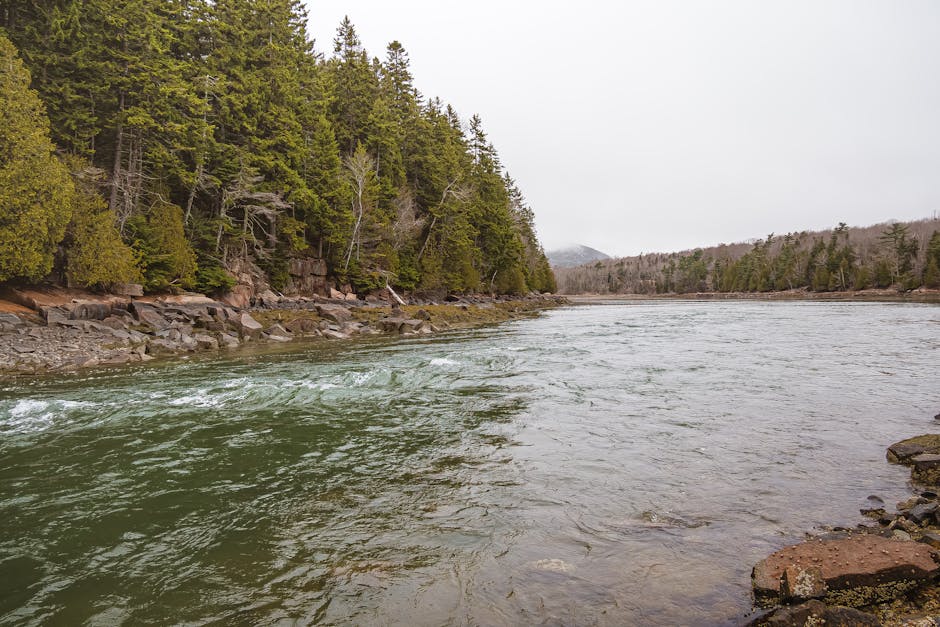
Mount Desert Island is a top spot for summer outdoors recreation, beautiful Atlantic views, and easy access to wild spaces. It blends classic New England charm with mountain, forest, and ocean scenery all on one island.
Acadia National Park Trails and Scenic Drives
You’ll find over 120 miles of hiking trails in Acadia National Park. These trails range from flat paths along the ocean to rugged climbs like the famous Precipice Trail. For a family-friendly trek, try Jordan Pond Path or Ocean Path for amazing coastline views.
Biking is popular on Acadia’s historic carriage roads. These wide gravel routes are car-free and great for all skill levels. The Park Loop Road is perfect for a scenic drive, with plenty of pull-offs for photos. Early morning or late afternoon offers fewer crowds on the main routes.
If you’re feeling adventurous, hike up Cadillac Mountain, the tallest peak on the eastern U.S. coast. From the summit, you can watch the sunrise before the crowds arrive. Summer can be busy, especially in July and August, so visit in June or September for a quieter experience.
Wildlife Spotting and Conservation Areas
Wildlife lovers will enjoy spotting white-tailed deer, red squirrels, and a huge variety of birds. Bald eagles, ospreys, and peregrine falcons often soar overhead, especially near the cliffs and lakes.
The tidepools along the coast are full of sea stars, crabs, and small fish. Watch for harbor seals lounging on rocks by the water. For rare finds, join local nature walks or head to Sieur de Monts Spring, where you can learn about unique plant species.
Acadia’s conservation efforts help protect delicate habitats. Trails are well-marked to keep areas safe for animals and wildflowers. Keep a respectful distance and use binoculars for a closer look, especially during the busy summer months.
Getting to Bar Harbor and Surrounds
Bar Harbor is the main entry point to Mount Desert Island. If you’re driving, you can reach it by Route 3 off Interstate 95. Parking fills up quickly in the summer, so consider using the free Island Explorer shuttle system.
The closest airport is Hancock County-Bar Harbor Airport, about 12 miles from town. From there, you can rent a car or grab a shuttle. Downtown Bar Harbor is walkable, with easy access to restaurants, shops, and park entrances.
Ferries also bring travelers from nearby coastal Maine towns. Summer weekends are the busiest time, so plan ahead for ferry tickets, lodging, and early park entry. Most visitors find it easy to get around and enjoy all the natural beauty the area has to offer.
5. Santa Catalina Island, California: Adventure and Relaxation
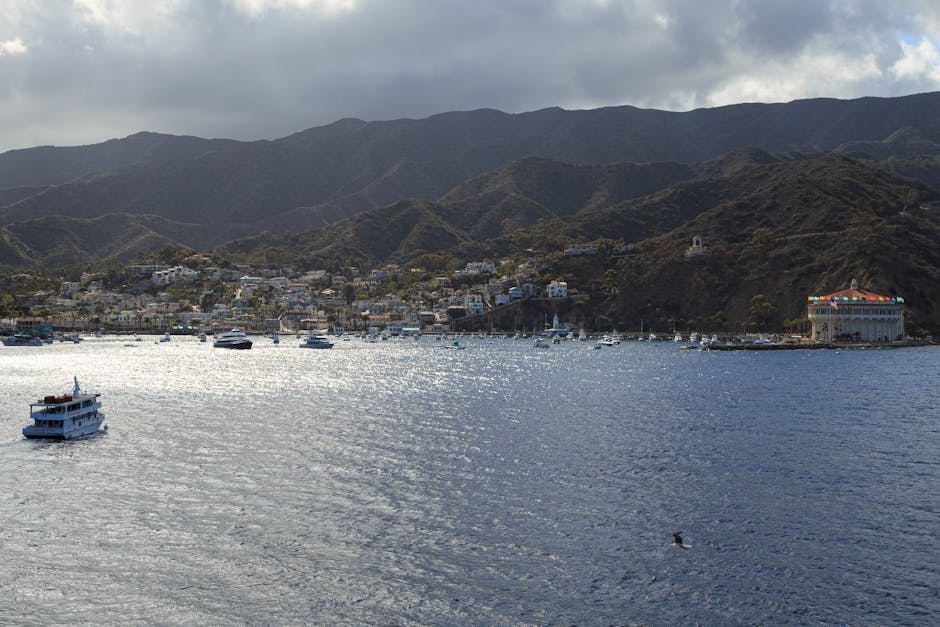
Santa Catalina Island is a top spot off the coast of southern California. You can enjoy adventure, beautiful wildlife, and peaceful beaches, all without needing a passport. Catalina offers a variety of ways to explore nature, see native animals, and relax by the sea.
Exploring Catalina’s Outdoor Activities
You can choose from many outdoor activities on Catalina, whether you like calm or exciting adventures.
Top Activities:
- Hiking: There are over 165 miles of trails, like the popular Trans-Catalina Trail, with scenic views of the ocean and hills.
- Snorkeling and scuba diving: Crystal-clear water makes it easy to see colorful fish and kelp forests at spots like Lover’s Cove and Casino Point.
- Kayaking and paddleboarding: Paddle along the coast or explore hidden coves and quiet beaches.
- Zip line tours: Soar high above the canyons for a unique look at the island’s scenery.
- Biking: Bring or rent a bike to ride through Avalon or take on rugged mountain paths.
Many tours are available, but you can also easily explore on your own. Some spots are busy in summer, but you can always find quieter beaches and trails away from the main towns.
Unique Flora and Fauna of the Island
Catalina is home to plant and animal species you won’t find everywhere.
Wildlife highlights:
- The island’s most famous animals are the Catalina Island fox and the bison herd. You might see the small fox on hiking trails, and the bison can often be spotted grazing in open fields.
- In the ocean, you may see orange Garibaldi fish and bright sea stars when snorkeling.
- In spring and early summer, wildflowers cover the hills. Watch for blooming Catalina mariposa lilies and island bush poppies.
- Bald eagles and ospreys soar above the cliffs and beaches.
Many animals here are protected, and it’s important to keep a safe distance and follow local rules so you don’t disturb their habitat.
Summer Ferry Schedules and Access
Getting to Catalina is easy and quick.
How to get there:

You can also take a helicopter for a 15-minute trip from several nearby cities, though most visitors use the ferry. In summer, ferries fill up fast, especially on weekends and holidays. Booking tickets ahead is smart.
Tourist Seasons and Off-the-Beaten-Path Tips
Summer is Catalina’s busiest season. Weekends and holidays can bring big crowds to Avalon, the island’s main town. The popular beaches and restaurants fill up quickly, and rental gear goes fast.
Tips for a quieter visit:
- Visit on a weekday to avoid crowds.
- Explore Two Harbors, a much quieter village with fewer tourists.
- Rent a golf cart or bike to reach hidden trails and empty beaches.
- Early morning hikes are peaceful—even the busiest spots are empty.
If you want space and fewer people, avoid major weekends, or look for activities away from downtown Avalon. There is always a quiet corner somewhere on the island.

